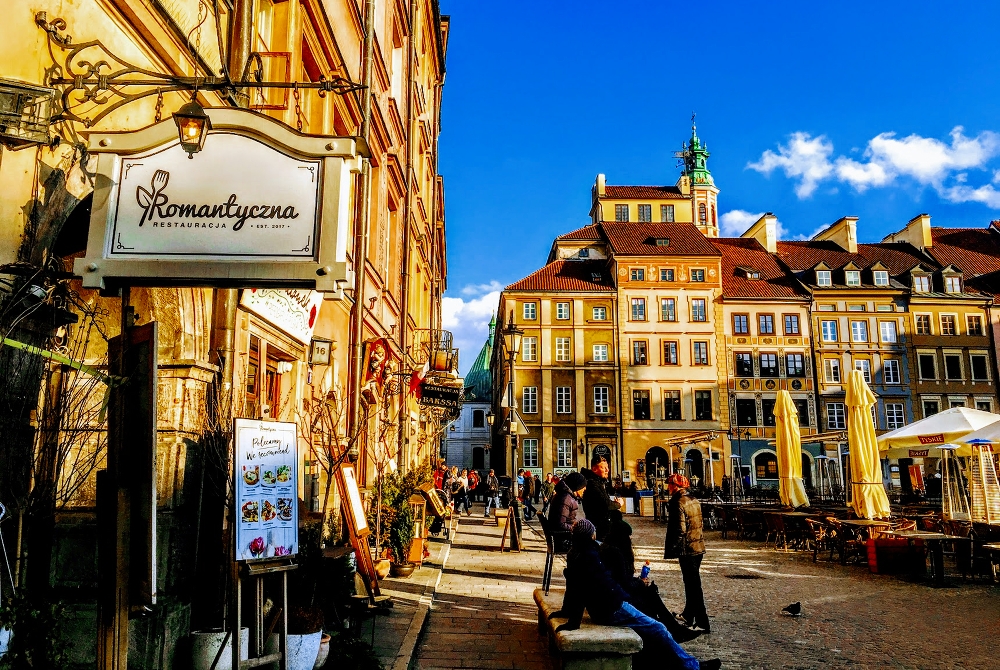Warsaw has been dubbed one of the most exciting and interesting cities to visit in Europe, according to rankings by one of the world’s most renowned travel magazines.
Although the Omicron variant has not been giving the world and Europe a break, there has been a rise in voices calling for life to return to normal and to treat the coronavirus like any other infectious disease. Increasingly more people have started to think about spring and summer travels.
But where can they go? After a long period of lockdowns and pandemic waves, people need inspiration and suggestions more than ever to choose their travel destinations to experience something incredible.
American travel magazine, Condé Nast Traveler, has prepared a list of the most exciting towns in Europe for a weekend visit. Among them were staples such as Lisbon, Naples or Barcelona, but Warsaw also appeared in the ranking with the authors full of praise for the Polish capital.
Author Teddy Wolstenholme listed Warsaw as a “fresh and exciting” basin of creativity. In particular, he noted a plethora of climatic bars and cafes, as well as multiple artistic activities in post-industrial spaces. The district of Old Praga was mentioned in particular, along with the Neon Museum located in it.
The magazine also praised Warsaw’s gastronomy scene in which chefs have an innovative and borderline revolutionary approach to cooking. It also recommended staying at the historic Raffles European hotel.
Nevertheless, Warsaw is not the only city in Central Europe which was mentioned. Among the chosen were also Budapest, Prague and Berlin — all cities which Poles know very well and which they often visit.
The ranking also included cities for those travelers who know the topography of Europe’s most popular cities all too well and wish to experience the less-visited parts of Europe.
The magazine pointed to Dublin as an example of such a location and emphasized the openness of its inhabitants, historic architecture and famous pubs of Ireland’s capital as noteworthy mentions.
Other cities which Wolstenholme suggested for tourists included Iceland’s Reykjavík, San Sebastian (the capital of the Basque Country) and Sweden’s Gothenburg.






